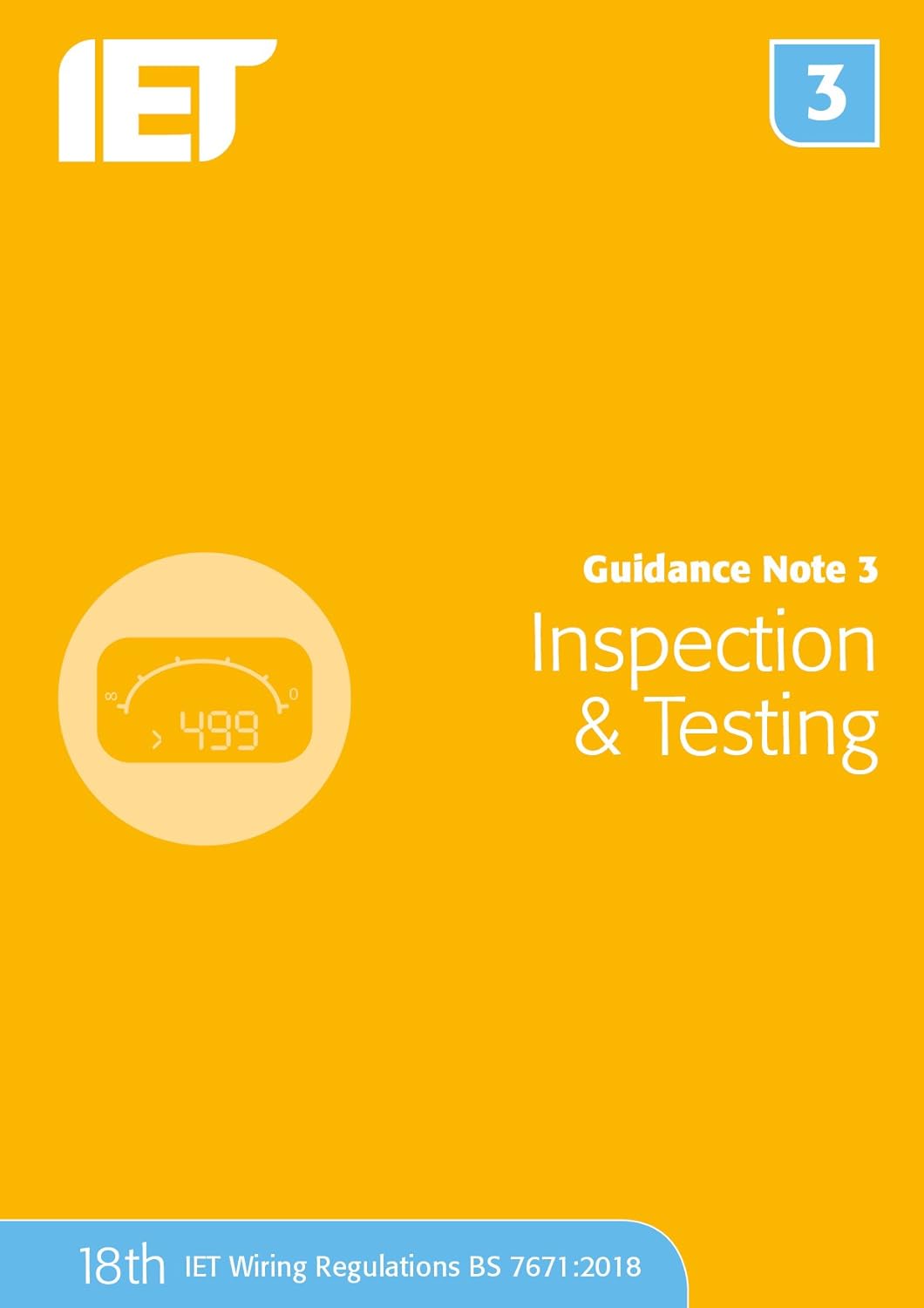About this deal
Regulation 443.4 for determining if protection against transient overvoltages is needed has been redrafted. Regulation 443.4.1 now requires protection against transient overvoltages to be provided where the consequence caused by the overvoltage could result in: Regulation 544.1.1 concerning main protective bonding conductors has also been revised. Chapter 55 - Other equipment
The HSE uses the term ‘competent person’, the term ‘skilled person’ is used throughout BS 7671:2018, Regulation 134.1.1 states that persons carrying out electrical works shall be skilled, which is defined in Part 2 as;
Background
A typical spec is more like this maker's data for the LTW 425 - and that is a dedicated loop tester, not a compromised design to make a multi function tester all fit in one box, they tend to be worse.
The inspector is also required to recommend a date for further inspection and testing to be carried out. These dates are often assumed or taken from Table 3.2 of IET Guidance Note 3 Inspection & Testing. Any observations identified during inspection and testing should be recorded on the report. The observation should be a factual description of the problem, and not as commonly seen a proposal for the remedial works to rectify the issue. Regardless of RCD type, e.g. AC, A, F or B, an alternating current test shall be used at the rated residual operating current (I Δn), with a maximum operating time not exceeding 300 ms for general non-delay type RCDs. The following example is used to demonstrate how the differences in measurement between the cross-connection (usually at the origin of the circuit within the consumer unit or distribution board) and the mid-point in the ring occur. Example
Guidance Note 6: Protection Against Overcurrent, 9th Edition
They are different terms, but they all mean the same thing, the person carrying out the inspection and testing is required to have the correct qualifications, experience and knowledge. Appendix 4 includes minor changes concerning a cable surrounded by thermal insulation. Appendix 6 Model forms for certification and reporting However, it is important to remember that Table 3.2 is titled ‘recommended initial frequencies of inspection of electrical installations.’ The first important word is ‘recommended’, it is exactly that, a recommendation and not a legal requirement. It is also important to note that this is for initial frequencies for new installations. It is worth noting that for domestic rented accommodation and houses in multiple occupation, the recommended maximum period between each inspection and test is five years or change of occupancy, which is often overlooked. Regulation 443.4.2 requires protection against overvoltages to be considered in the case of equipment likely to produce switching overvoltages or disturbances and gives conditions.
Regulation 422.2 now introduces separate requirements for escape routes and a new concept of 'protected escape routes'. Reference to conditions BD2, BD3 and BD4 has been deleted. Chapter 44 - Protection against voltage disturbances and electromagnetic disturbances Regulation 531.3.2 indent (ii) highlights the use of RCBOs for individual final circuits in residential premises to Also for the D type some times the thermal part gets there at about the same time as the magnetic, depending on the ambient temperature ,and so maybe we have to assume the breaker is cold and the cable hot. Either way, this would not result in an unsatisfactory outcome. A bathroom light needs to be replaced as it is not IP65 ratedThe type of test is selected on the instrument according to the RCD type. When the instrument setting selected is for an AC Type RCD, the test current applied is a 50 Hz alternating current. However, when the instrument setting selected is an A Type RCD, a pulsed direct current (DC) is superimposed on the 50 Hz AC waveform. In some cases, the inspector may not be able to reach a conclusion and further investigation will be required. In which case the observation will be attributed with F/I. The classification of further investigation should not be used to locate the problem, it should only be used where it is reasonably expected to reveal a dangerous or potentially dangerous situation.
 Great Deal
Great Deal 